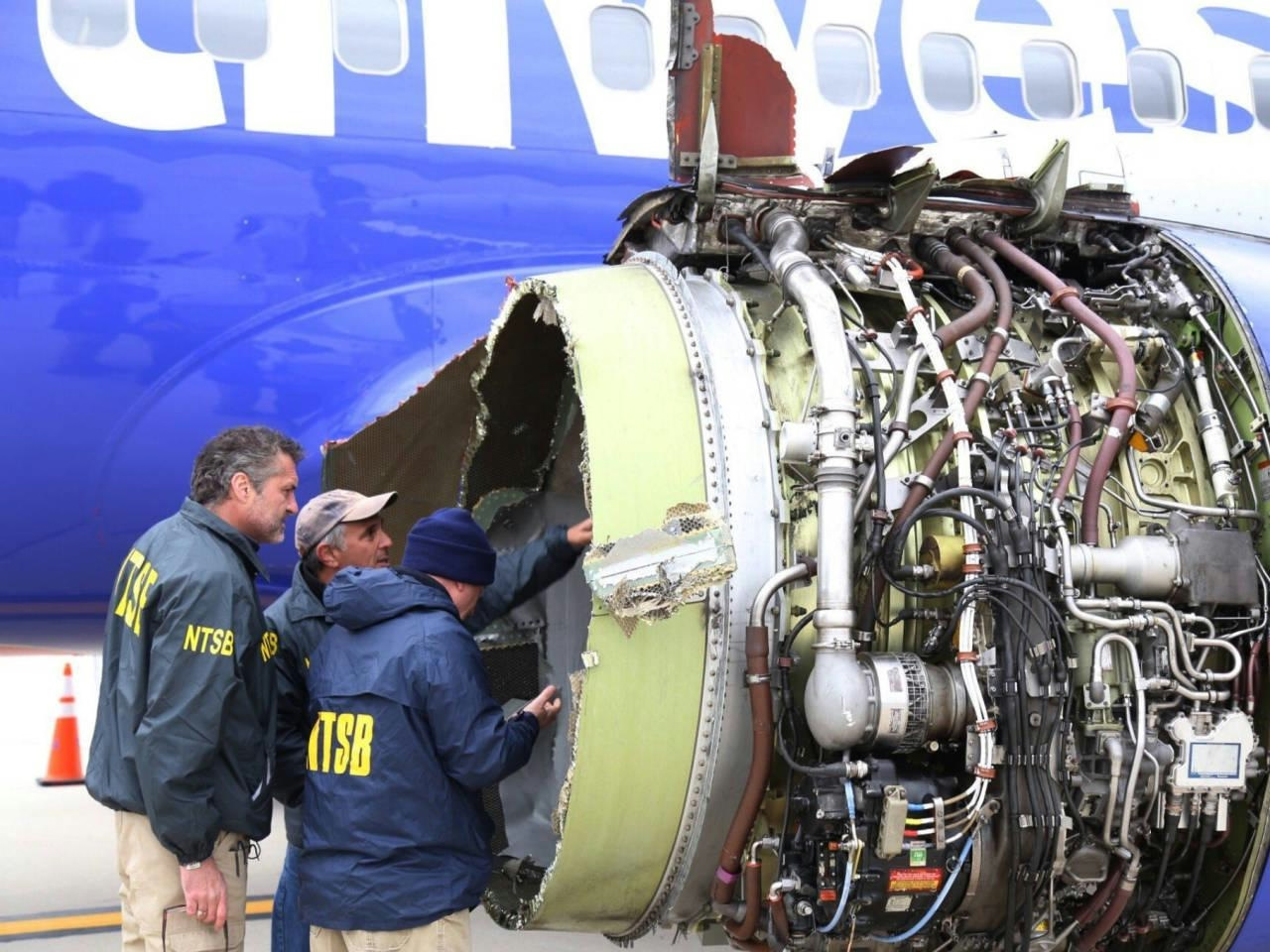
AeroGenie – Ihr intelligenter Copilot.
Trends
Categories
Air Force May Use Civilian Aircraft to Maintain Pilot Currency
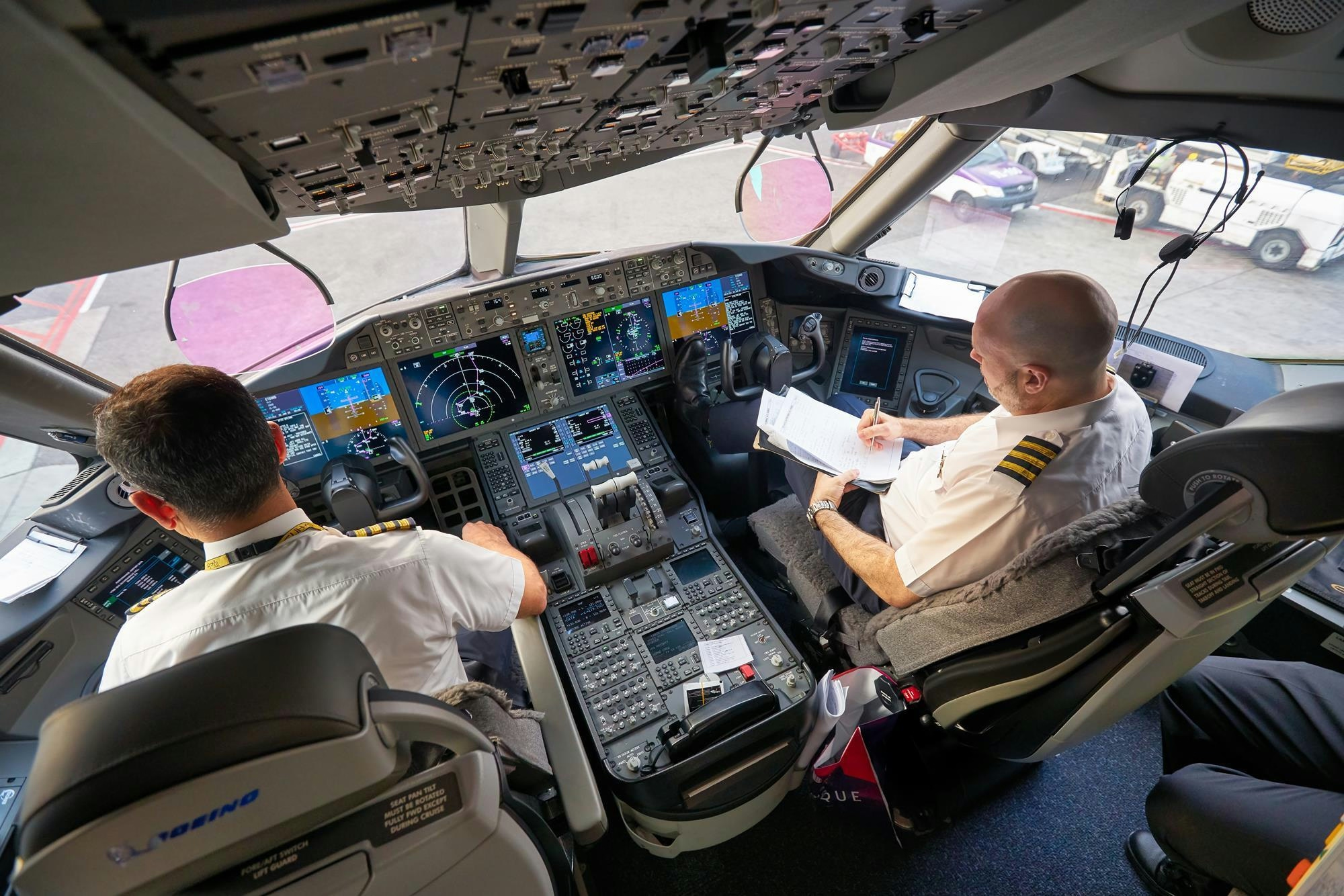
Air Force Explores Leasing Civilian Aircraft to Sustain Pilot Flight Currency Amid Readiness Challenges
The U.S. Air Force is investigating the potential of leasing civilian aircraft to assist its pilots in maintaining flight currency, responding to a notable decline in fleet readiness. A recent request for information (RFI) issued by Air Combat Command (ACC) on October 10 signals the service’s interest in commercial leasing arrangements with aircraft owners located near military installations.
Addressing Declining Readiness and Pilot Shortages
The RFI invites contractors to provide details about their aircraft, including FAA airworthiness certifications and operational capabilities, with submissions due by October 24. While ACC clarifies that this solicitation is strictly for market research, it arrives amid concerning readiness metrics. The Air Force’s mission capable rate fell to approximately 67 percent in fiscal year 2024, down from over 71 percent in 2022, as reported by Air & Space Forces Magazine. This decline is attributed to a combination of pilot shortages and an aging fleet, with the average aircraft age now at 32 years—nearly twice as old as two decades ago. The current inventory, numbering just over 5,000 aircraft, represents the smallest fleet in the Air Force’s 78-year history.
Under the proposed leasing framework, civilian aircraft would be employed for “non-qualifying flight operations” as authorized by the FAA, enabling Air Force pilots to maintain essential flying skills. The aircraft must be readily accessible within 30 minutes of any USAF Fighter Wing and require no significant modifications to be integrated into operations. Notably, the RFI is classified as an excepted activity during the ongoing government shutdown, underscoring its priority.
Parallels and Challenges in Civilian-Military Integration
This initiative bears resemblance to the Air Force’s Civil Reserve Air Fleet (CRAF) program, which allows the military to augment its airlift capacity by borrowing commercial aircraft during emergencies. As of 2024, CRAF includes over 25 carriers and 400 aircraft, providing vital passenger and cargo support when military assets are stretched. In peacetime, participating airlines benefit from opportunities to bid on military airlift contracts, fostering a symbiotic relationship.
However, incorporating civilian aircraft into pilot training raises significant challenges. Ensuring that civilian platforms and pilots meet military standards may necessitate specialized training programs. The logistical complexity of integrating civilian aircraft into military training environments could introduce operational difficulties, while additional maintenance and support requirements may increase costs. Furthermore, skepticism persists within both military and civilian aviation communities regarding the practicality and effectiveness of this approach.
Market responses have been varied. Some defense contractors emphasize the strengths of their existing pilot training programs and have proposed retrofitting civilian aircraft with military-grade systems as a competitive alternative. The Air Force’s exploration of civilian leasing to address pilot currency issues may stimulate further competition and innovation within the aviation and defense sectors.
As the Air Force confronts ongoing readiness and pilot currency challenges, the potential use of civilian aircraft offers a possible interim solution, albeit one accompanied by operational, financial, and industry complexities.
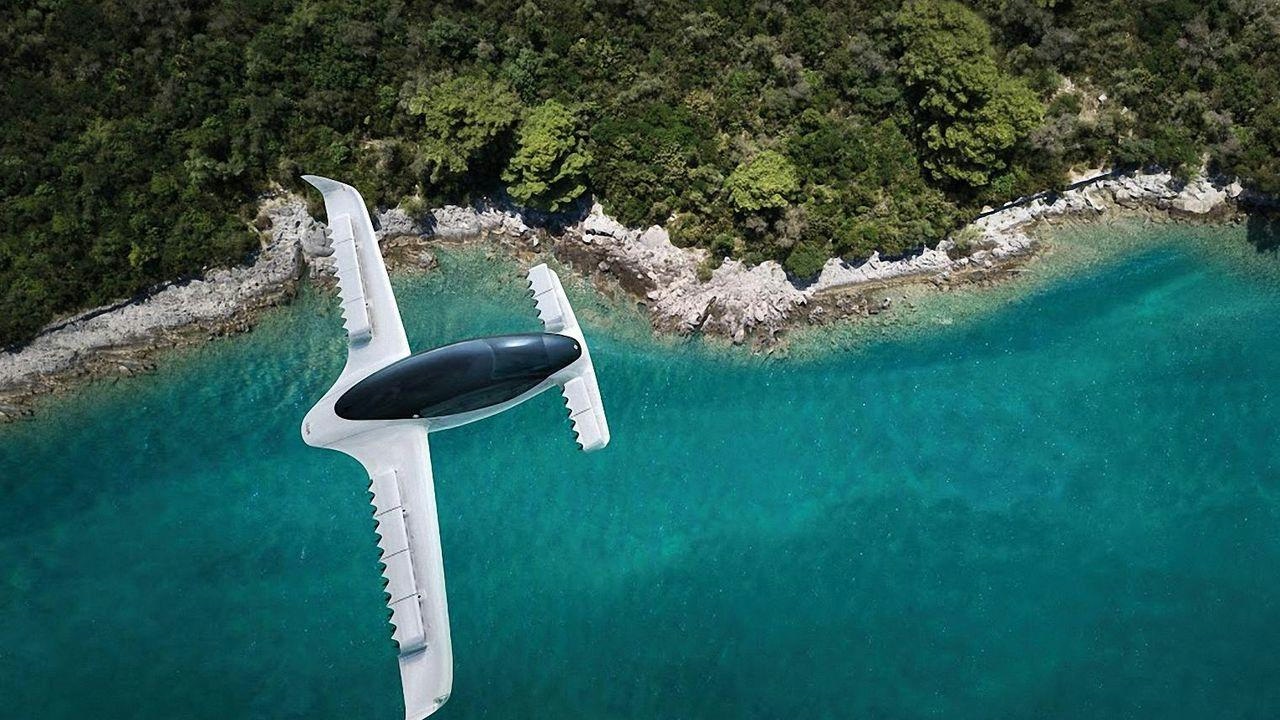
Florida Launches Air Taxi Testing Facility as Part of Transportation Plan
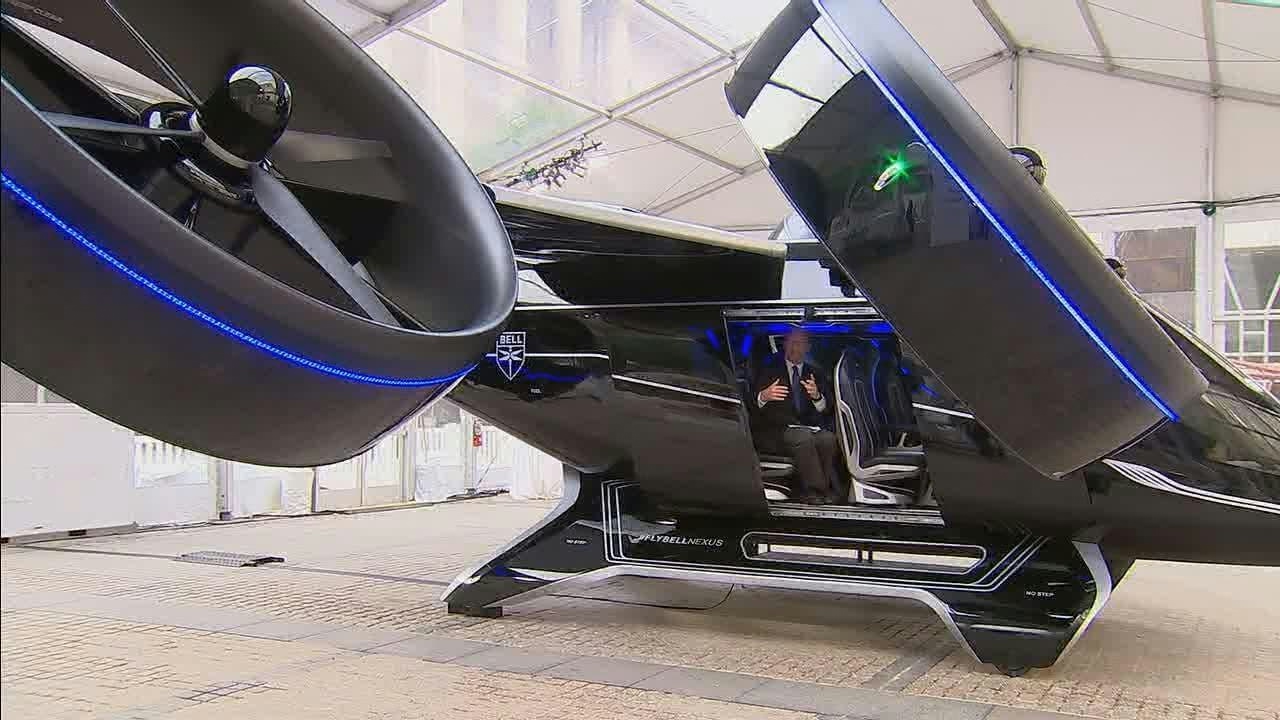
New I-4 Express Lanes and Air Taxi Testing Facility Announced
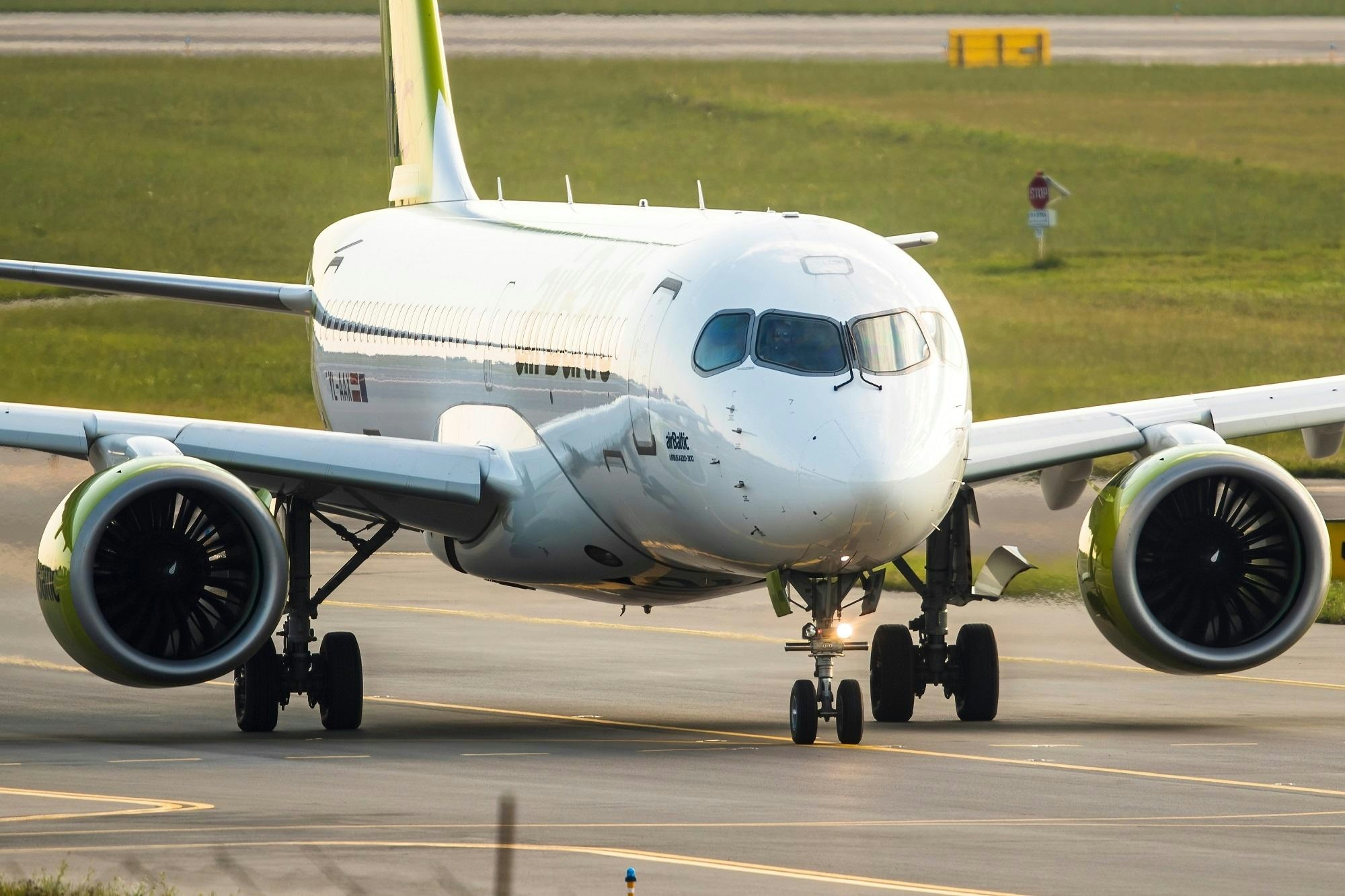
Air Serbia and airBaltic expand cooperation with Airbus A220 lease agreement
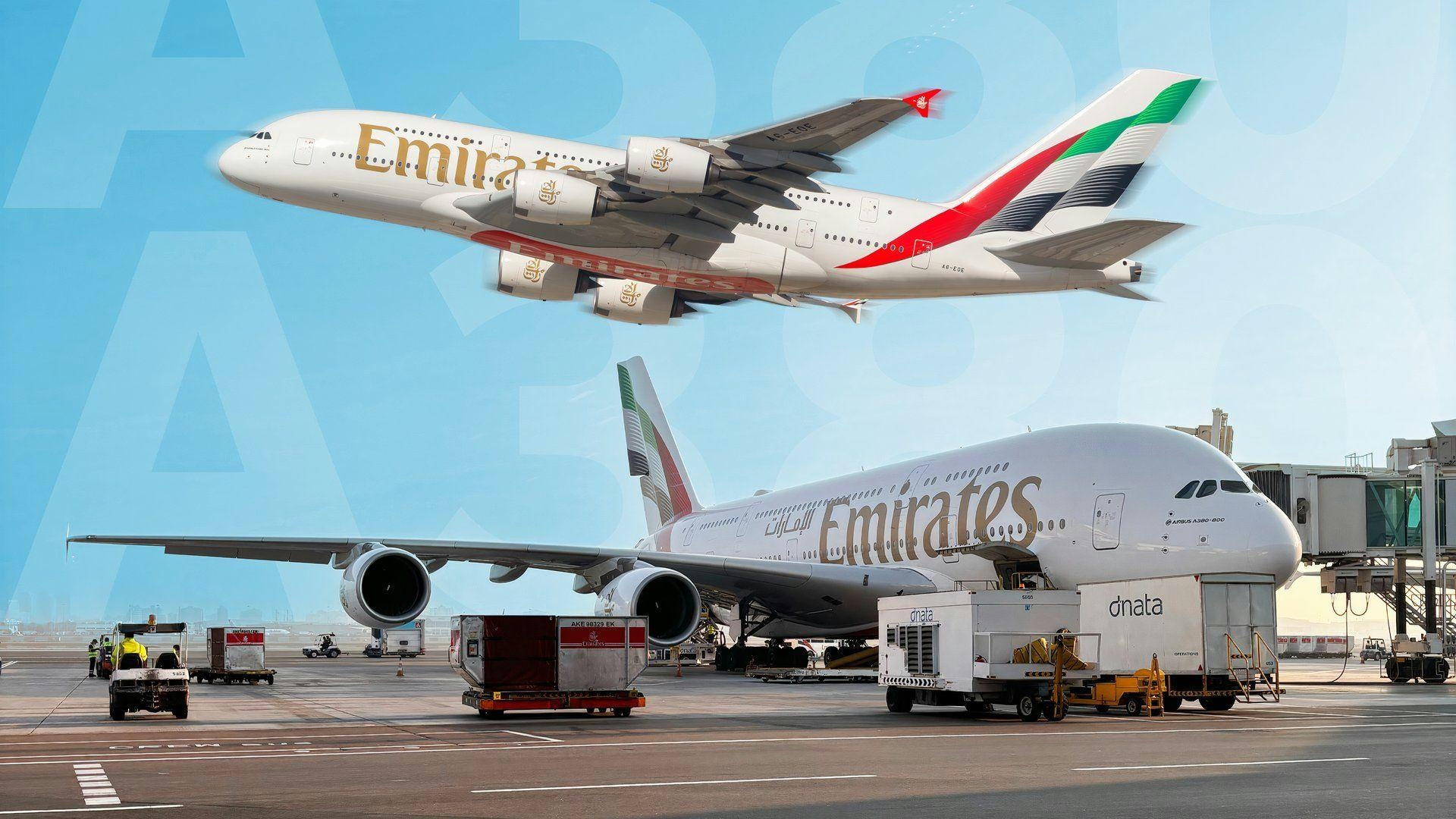
Emirates’ Top Airbus A380 Routes for 2025
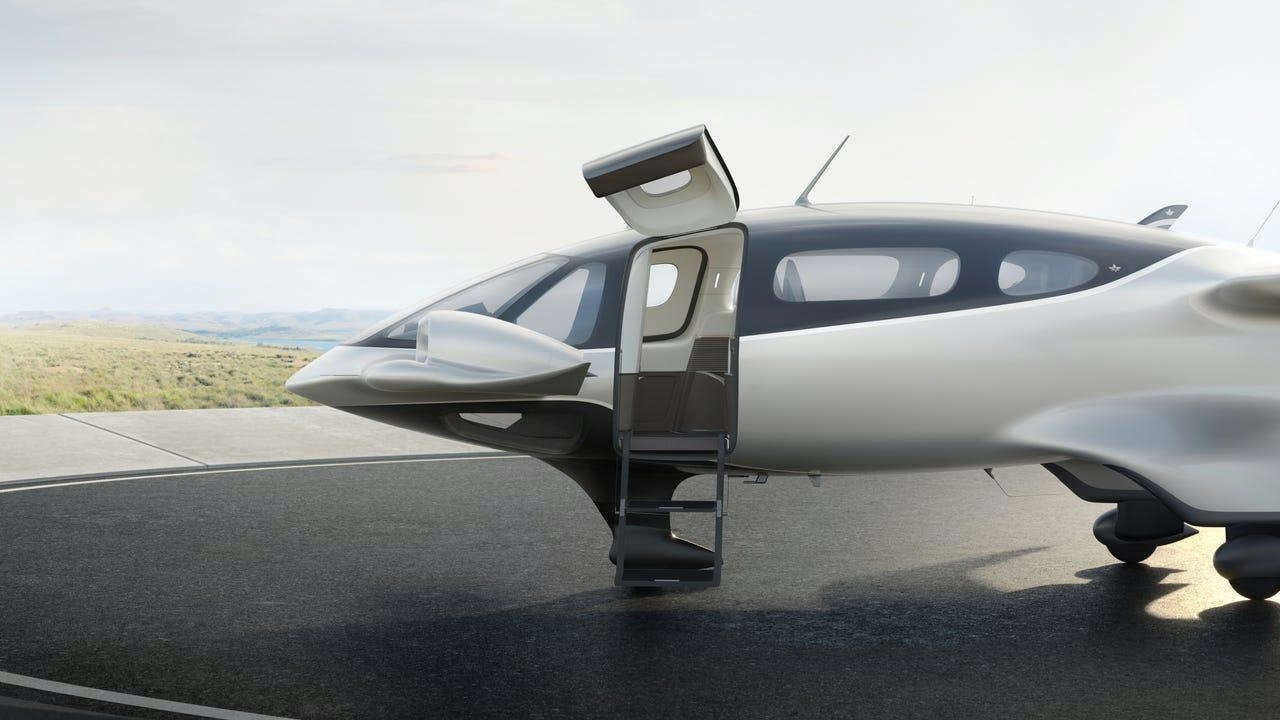
Delta CEO Announces Partnership to Introduce Flying Taxis at Airport

How StandardAero's (SARO) New MRO Deals Could Shape Its Role in Global Aviation
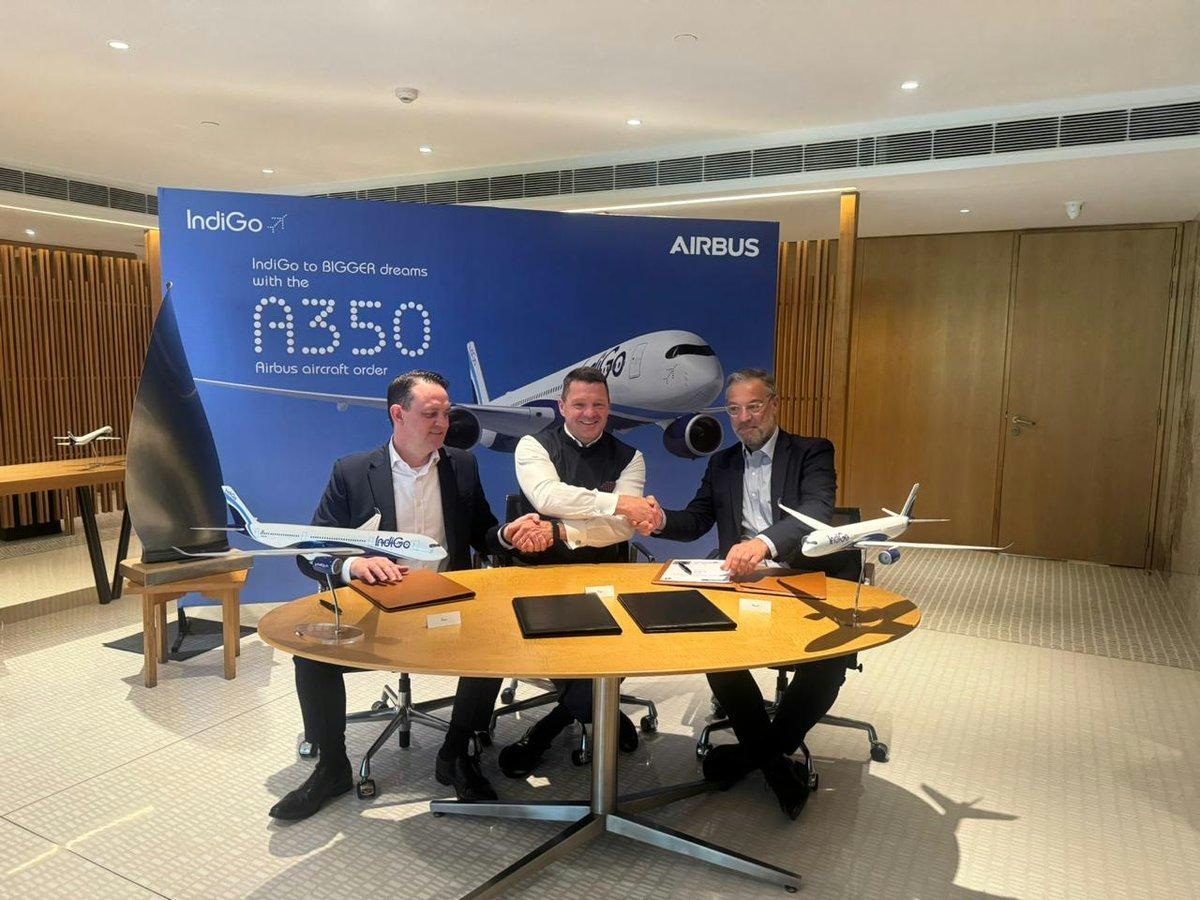
IndiGo Places Firm Order for 30 Airbus A350-900 Wide-Body Aircraft
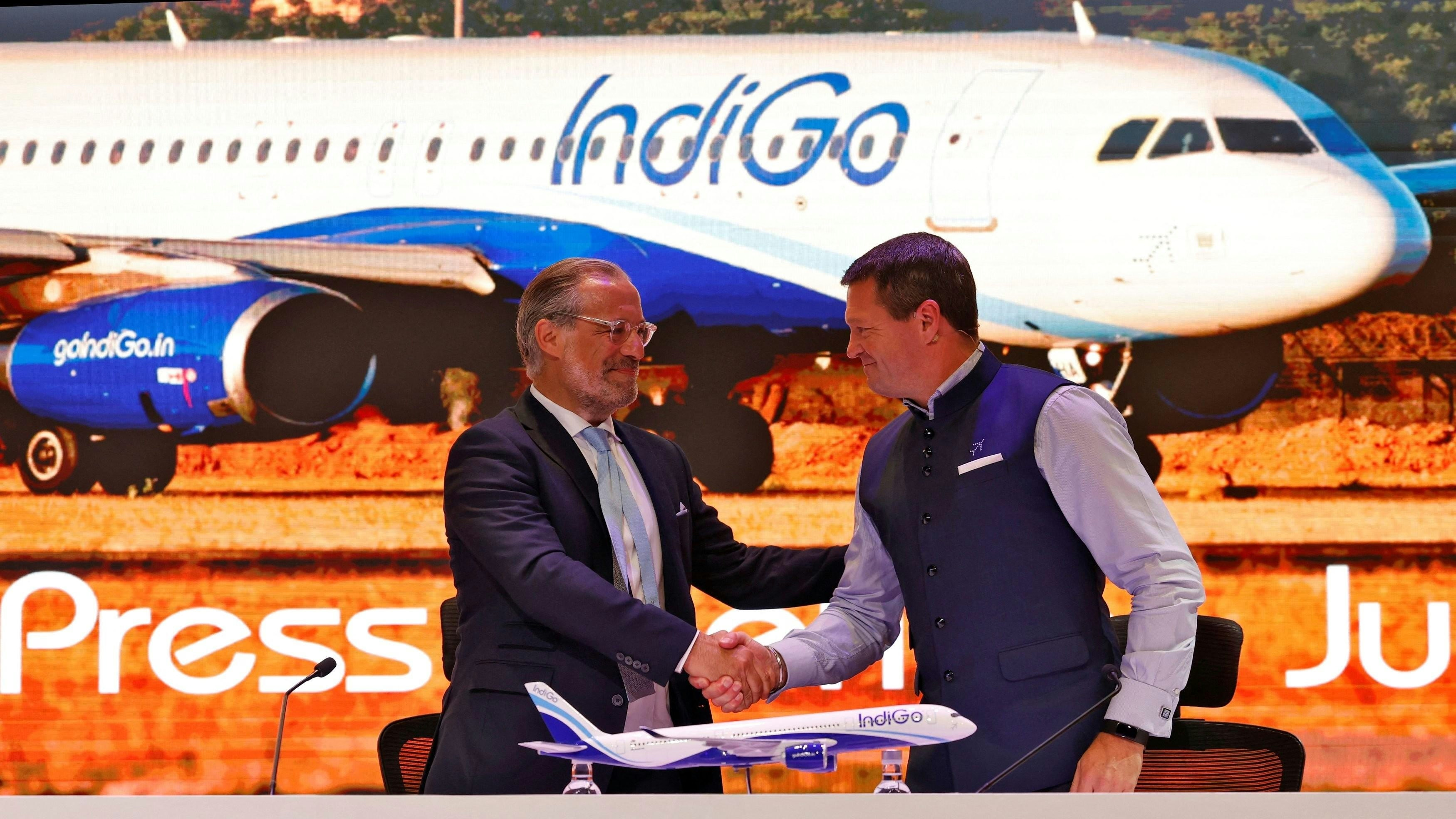
IndiGo Doubles Airbus A350 Order to 60 Aircraft
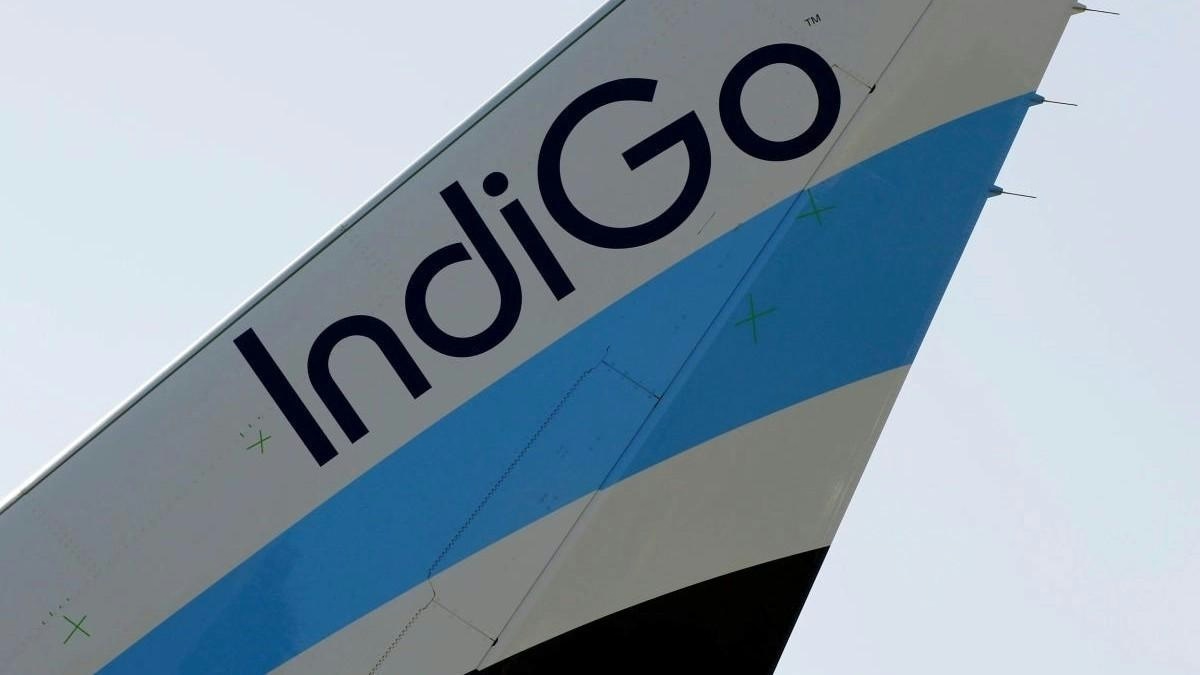
IndiGo Converts 30 of 70 Airbus A350-900 Purchase Rights into Firm Orders
